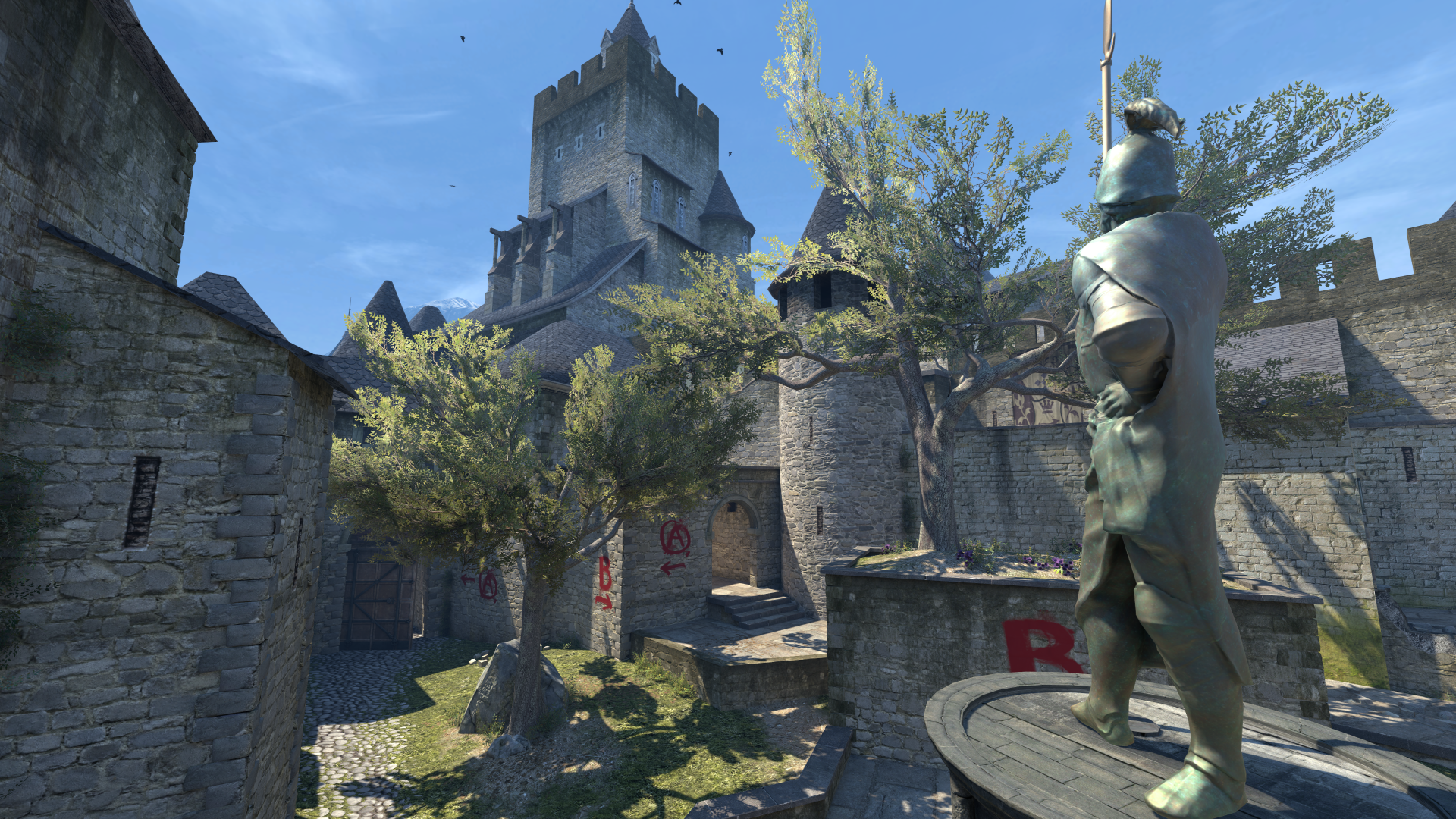Your Ultimate Hookup Resource
Explore a comprehensive directory for connections and relationships.
Cobblestone Chronicles: Navigate the Legend Like a Pro
Uncover hidden gems in Cobblestone Chronicles! Become a pro navigator of legends with our captivating tales and expert tips. Explore now!
The History Behind Cobblestone Streets: From Ancient Paths to Modern Legends
The history of cobblestone streets dates back to ancient times, when civilizations such as the Romans and Greeks utilized these rugged paths to facilitate trade and communication. The use of cobblestones can be traced to as early as 4000 B.C. in ancient Mesopotamia, where stones were arranged to create durable surfaces for transportation. By the Middle Ages, towns across Europe embraced cobblestones, paving their streets with these small, rounded stones to provide a solid foundation for horse-drawn carriages and foot traffic. This transition not only improved mobility but also enhanced the aesthetic appeal of urban environments, leading to what many consider to be the golden age of cobblestone street construction.
As time went on, the charm and character of cobblestone streets became inseparable from the identity of many historic cities. In places like Amsterdam and Lisbon,18th-century cobblestones are an integral part of the cultural landscape, embodying the legacies of those who walked them. However, the 20th century brought about a decline in their popularity as modern paving technologies emerged, like asphalt and concrete. Today, these streets are often preserved as tourist attractions or revitalized urban areas, evoking a sense of nostalgia and connection to the past. Their enduring legacy continues to captivate visitors, reminding us that while cities evolve, the stories shared on cobblestone streets remain as timeless as the stones themselves.

Counter-Strike, a popular tactical first-person shooter, has captivated gamers around the world with its intense gameplay and strategic depth. Players can enhance their experience by opening cases, such as the CS2 Stash Box, which offers unique in-game items and skins. The competitive scene remains vibrant, with tournaments showcasing the best teams and players.
Top 10 Tips for Navigating Cobblestone Streets Like a Local
Navigating cobblestone streets can be a delightful experience if you know the right techniques. Here are top 10 tips for navigating cobblestone streets like a local. First, make sure to wear comfortable, non-slip shoes; the uneven terrain can be challenging, especially if the cobblestones are wet. Additionally, pay attention to your surroundings; look out for other pedestrians and cyclists who may also be using the streets. Lastly, try to walk on the edges of the cobblestones where the surface is usually more stable. These simple strategies will ensure you enjoy the charm of these historic streets without risking a fall.
As you immerse yourself in this unique atmosphere, consider the following tips to enhance your experience:
- Keep your pace slow and steady.
- Utilize any available handrails for support.
- Avoid distractions like your phone while walking.
- Look ahead to plan your path.
- Engage with locals; they often have the best advice on navigating these streets.
- Consider a guided tour for insider tips.
- Embrace the experience and take photos.
- Plan your route to avoid busy times.
- Stay hydrated, especially during warmer months.
- Lastly, enjoy every moment; cobblestone streets are part of your adventure!
What Makes Cobblestone Unique? Discover the Myths and Facts
Cobblestone has been a favored material in streets and pathways for centuries, distinguished by its unique appearance and historical significance. The irregular shapes and sizes of cobblestones, often made from granite or basalt, create a textured surface that not only adds aesthetic charm but also provides durability. Unlike modern materials, cobblestones were laid by hand, often resulting in patterns that tell stories of their own. This unique aspect has led to many myths, such as the belief that cobblestone streets are inherently more difficult to walk on. In reality, when properly laid, they offer a surprisingly even surface that has supported countless feet throughout history.
One common myth surrounding cobblestones is that they are no longer used due to the rise of asphalt and concrete. However, this is far from the truth. In many historic towns and cities, you will find cobblestone streets being preserved not just for their charm but also for their environmental benefits. They allow natural water drainage, reducing runoff and promoting sustainability. Furthermore, the use of cobblestones contributes to urban biodiversity by providing habitat for small plants and insects. Thus, cobblestones are not just relics of the past; they are a practical choice for modern urban design.